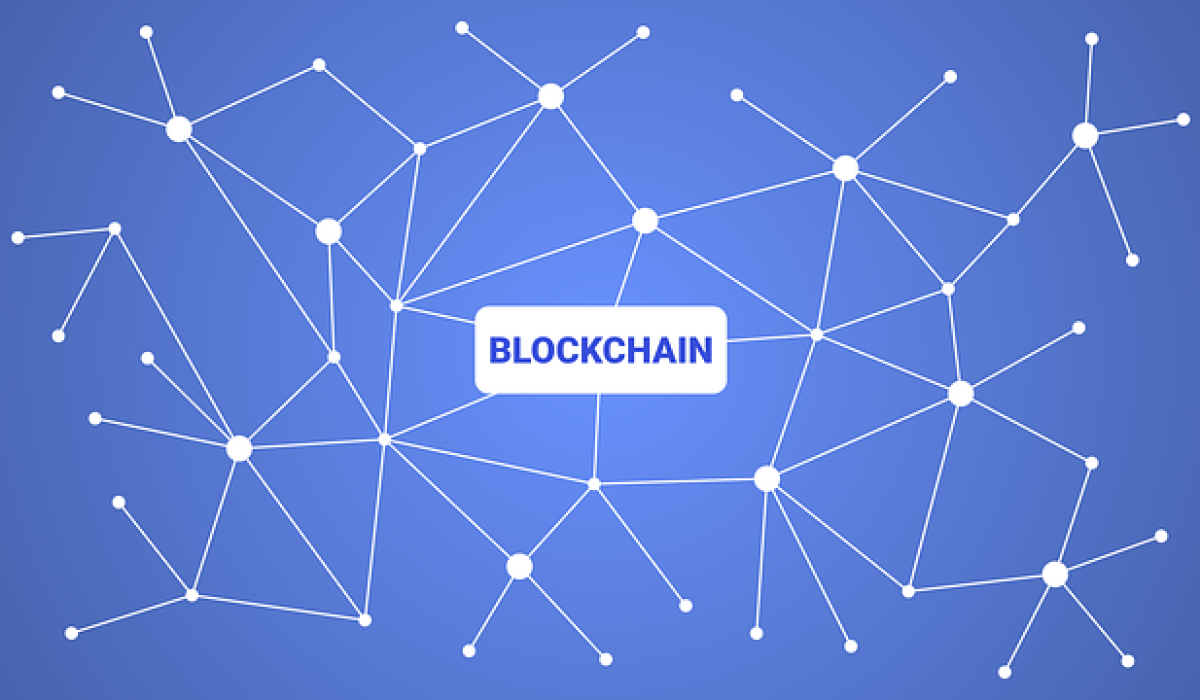Web 3.0 product development promises to transform industries through decentralisation, trustless systems, and smarter digital interactions. But as startups and enterprises rush to harness this new wave of technology, a familiar problem resurfaces: the gap between innovation and speed.
The very architecture that makes Web 3.0 powerful, blockchains, smart contracts, distributed ledger, can also make it more complex and slower to deliver if not approached strategically.
The reality is that many organisations have brilliant ideas for decentralised applications, NFT platforms, or token-driven ecosystems, but they face significant delays in bringing them to life.
These delays often stem from misaligned development practices, lack of blockchain expertise, and underestimation of how Web 3.0 fundamentally differs from traditional software builds. The good news? These delays are avoidable.
The key to successful and timely Web 3.0 product development lies in rethinking how teams are structured, how architecture is designed, and how the development process is managed from day one.
With the right blend of expertise, agile execution, and deep technical planning, it’s entirely possible to launch Web 3.0 platforms without sacrificing momentum.
Understand Complexity Before Build
Too often, teams jump into blockchain development assuming it’s a simple matter of plugging into Ethereum or building a few smart contracts. But Web 3.0 systems are inherently distributed, immutable, and interdependent. Every decision, whether it’s the choice of consensus mechanism, wallet integration, or tokenomics, has long-term architectural implications.
Before writing a line of code, high-performing teams invest in deep discovery and technical architecture design. This includes selecting the appropriate blockchain platform (Ethereum, Polygon, Solana, etc.), defining the scope of decentralisation, and planning for things like gas efficiency, upgradability, and compliance. These aren’t just technical decisions, they directly impact delivery time, scalability, and user adoption.
Teams that move too quickly into development without this upfront planning often find themselves reworking entire modules weeks later. A small delay upfront in strategic planning can save months of wasted effort downstream.
Build the Right Team, Not Just Any Team
Another frequent cause of delay in Web 3.0 product development is staffing. Traditional developers may excel at building APIs, dashboards, and mobile apps but Web 3.0 requires specialised knowledge of smart contract design, secure key management, and decentralised application architecture. It’s not just another framework; it’s a different paradigm.
Filling the skills gap with the right mix of blockchain engineers, front-end developers familiar with wallet integration, and DevOps professionals who understand node management can drastically reduce delivery risk. The difference between a competent team and a highly specialised one often comes down to how many problems you avoid rather than how many you solve.
In many cases, it makes sense to work with a software partner that already has a proven track record in Web 3.0. This accelerates onboarding, ensures battle-tested practices, and eliminates the trial-and-error phase that slows down most internal teams.
Embrace Agile, Adapt for Web 3.0
Agile methodologies are widely used in traditional software development to keep delivery cycles short and feedback loops tight. However, applying agile in Web 3.0 environments requires adjustment. Smart contracts are immutable once deployed, so “move fast and break things” doesn’t apply in the same way.
Instead, successful teams use agile principles while front-loading testing and simulation. They rely on testnets, contract auditing, and sandbox environments to validate assumptions before going live. Sprints still happen, but the definition of “done” includes testnet deployment and peer review, not just local functionality.
This modified agile approach helps teams maintain delivery velocity without compromising the integrity or security of the platform. The goal isn’t to ship faster at all costs, it’s to ship smarter, with fewer surprises post-launch.
Integration Day One
Web 3.0 products rarely live in isolation. Even decentralised platforms need to interact with payment processors, user authentication systems, or enterprise data sources. Many projects slow down simply because integration was an afterthought.
Planning how your dApp will connect with legacy systems, cloud platforms, or external APIs is a critical part of keeping delivery on track. This means architecting your system with interoperability in mind, defining clear data flows, and using established integration patterns where possible.
Web 3.0 doesn’t mean you have to reinvent everything. The best platforms combine decentralised logic with centralised services where it makes sense, creating hybrid architectures that are both practical and future-proof.
Prioritise Security and Auditability Early
The cost of launching a Web 3.0 product with vulnerabilities is high, often catastrophic. Security cannot be bolted on at the end of the development cycle. From smart contract audits to secure wallet implementations and user permission layers, security must be embedded from the start.
Not only does this reduce risk, but it also saves time. Many projects are delayed by post-development security reviews that uncover issues requiring significant rework. By engaging security experts early and treating audit readiness as a deliverable, teams maintain velocity without compromising safety.
Delivering Value, Not Just Code
At the heart of successful Web 3.0 product development is a shift in mindset. It’s not about writing smart contracts for the sake of it, or launching a token to follow a trend. It’s about solving real problems, more securely, more transparently, and more efficiently than before.
When teams focus on delivering value to users rather than simply building technology, delivery timelines improve. Scope becomes clearer. Priorities align. And progress becomes measurable, not just in features completed, but in outcomes achieved.
Web 3.0 opens up new business models and new levels of trust between parties. But to get there, organisations must build smarter, plan deeper, and move with precision.
With the right team, the right architecture, and a commitment to delivery excellence, building fast doesn’t have to mean breaking things.
Web 3.0 product development can, and should, move at the speed of innovation. You just have to build it right.
